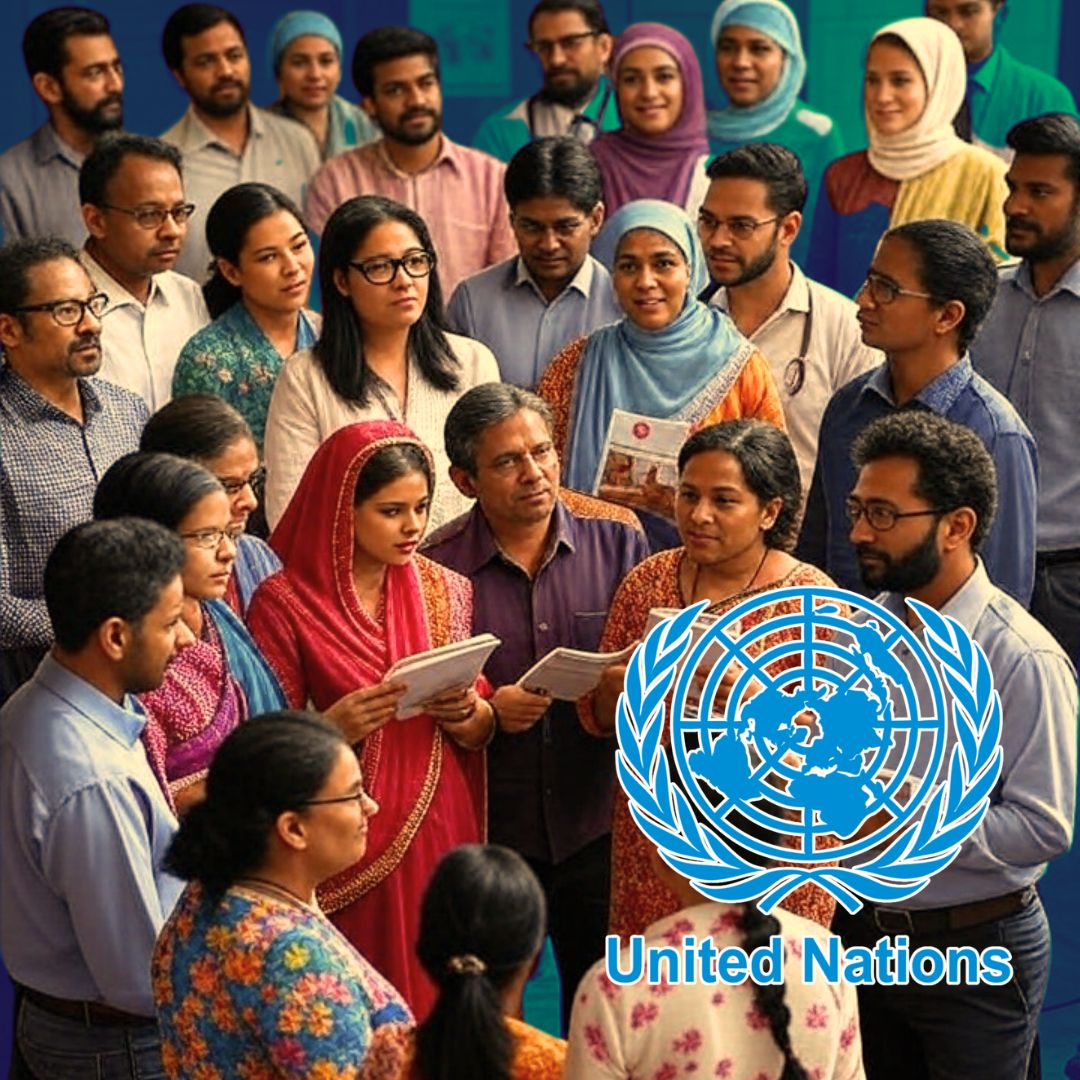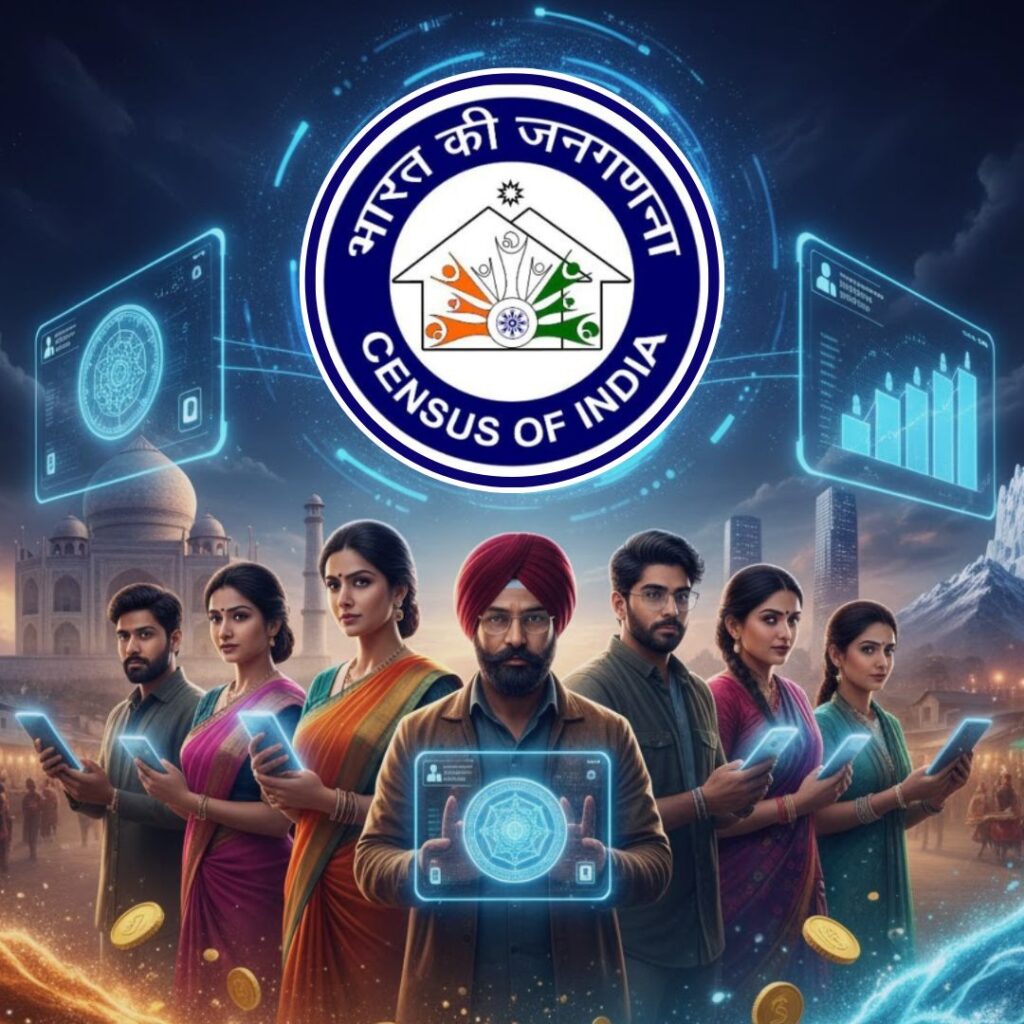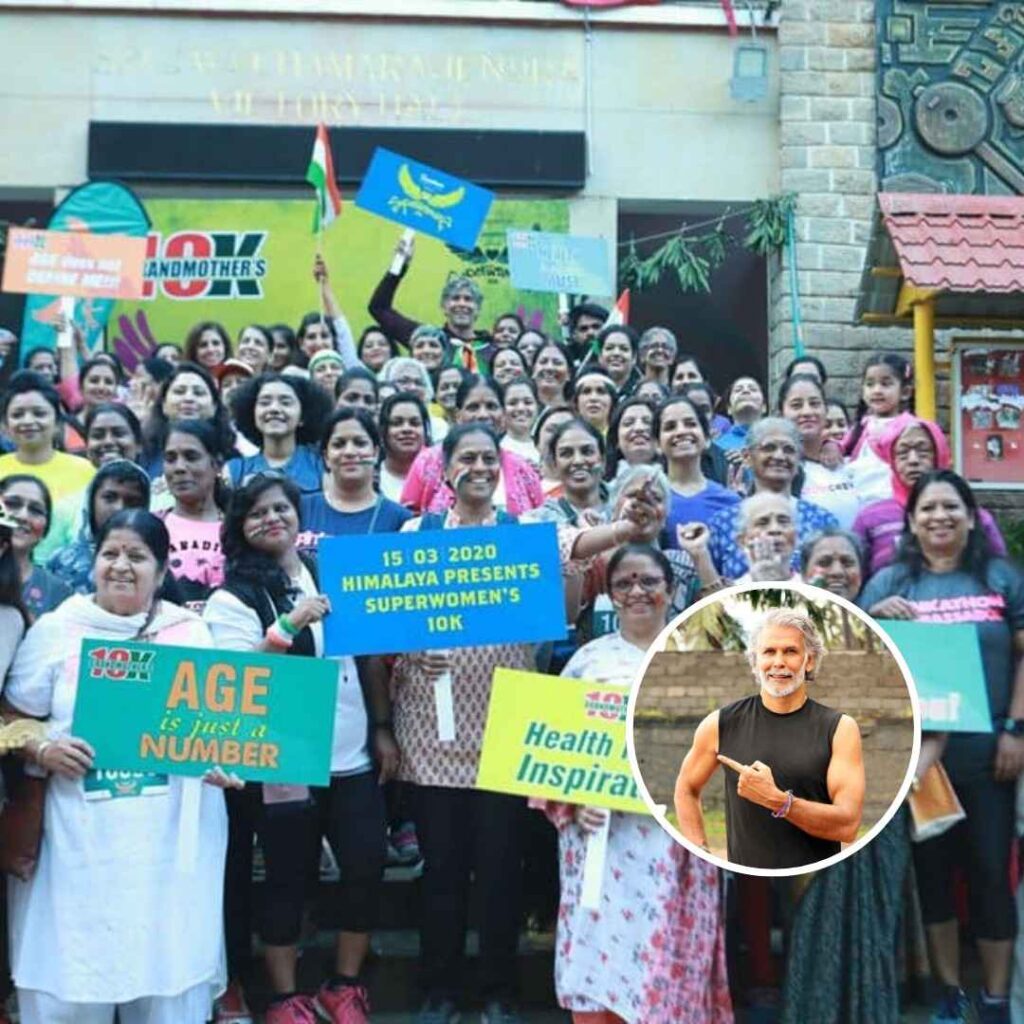The United Nations Population Fund (UNFPA) unveiled its 2025 State of World Population (SOWP) report, titled “The Real Fertility Crisis,” on June 10, 2025. The report asserts that the central global challenge is not overpopulation or underpopulation, but rather the lack of reproductive freedom faced by millions worldwide—including in India.
India’s population is now estimated at 1.46 billion, making it the world’s most populous country, while its fertility rate has dropped to between 1.9 and 2.0 children per woman—below the replacement level of 2.1.
The report urges policymakers, civil society, and the public to prioritise enabling individuals to make free and informed choices about sex, contraception, and family planning. UNFPA officials and recent surveys highlight that financial constraints, lack of childcare, workplace inflexibility, and persistent social stigma are major barriers preventing many Indians from achieving their desired family size.
Vital Statistics and Voices from the Ground
The UNFPA’s 2025 report presents a detailed picture of India’s demographic transition. The country’s total fertility rate—once close to five children per woman in 1970—has now fallen to between 1.9 and 2.0, well below the replacement level.
This decline is attributed to improved access to education, healthcare, and family planning services. However, the report and accompanying surveys reveal that millions of Indians are still unable to have the number of children they want, or are experiencing unintended pregnancies.
According to a collaborative UNFPA–YouGov survey, 36% of Indian adults have experienced unintended pregnancies, while 30% were unable to have the number of children they desired. Alarmingly, 23% reported both challenges. These figures underscore the complexity of reproductive decision-making in India, where factors such as economic insecurity, lack of childcare support, workplace inflexibility, and social stigma—especially for women and marginalised communities—continue to restrict reproductive autonomy.
Andrea M. Wojnar, UNFPA India Representative, emphasised, “India has made significant progress in lowering fertility rates, but the real demographic dividend comes when everyone has the freedom and means to make informed reproductive choices. India has a unique opportunity to show how reproductive rights and economic prosperity can advance together.”
Regional Disparities and Emerging Social Challenges
The UNFPA report highlights significant regional disparities within India. States such as Bihar, Jharkhand, and Uttar Pradesh continue to report higher fertility rates, while Kerala, Tamil Nadu, and Delhi have fertility rates below the replacement level. These differences reflect ongoing gaps in healthcare access, education, income, and prevailing social norms. For example, in states with higher fertility rates, early marriage, limited access to contraception, and lower levels of female education remain persistent challenges.
Beyond these traditional barriers, the report identifies emerging social realities that complicate reproductive decision-making. These include increasing loneliness, changing relationship dynamics, and the rise of “intensive parenting” expectations, which place disproportionate pressure on women and reinforce unequal caregiving roles. The report also notes that stigma against unmarried individuals, LGBTQIA+ communities, and those who choose not to have children further restricts reproductive freedom.
To address these challenges, the UNFPA recommends a comprehensive, five-pronged approach for India:
- Universal access to sexual and reproductive health services
- Removing structural barriers such as financial constraints and workplace inflexibility
- Promoting inclusivity by addressing stigma and discrimination
- Enhancing data and accountability to monitor progress and identify gaps
- Driving social transformation through community-led campaigns and public education
The Logical Indian’s Perspective
At The Logical Indian, we believe that true progress is measured by the extent to which every individual can make informed, autonomous choices about their bodies and futures.
The UNFPA’s 2025 report resonates strongly with our commitment to peace, dialogue, kindness, empathy, harmony, and coexistence. By shifting the focus from population numbers to reproductive freedom, the report encourages a more inclusive and compassionate approach to demographic change.
As India continues its demographic transition, it is essential that we collectively work to dismantle the barriers—both structural and social—that prevent individuals from exercising their reproductive rights. We must challenge stigma, support each other’s choices, and foster environments where everyone feels empowered to make decisions that are right for them.












